How Long Do Moths Live?
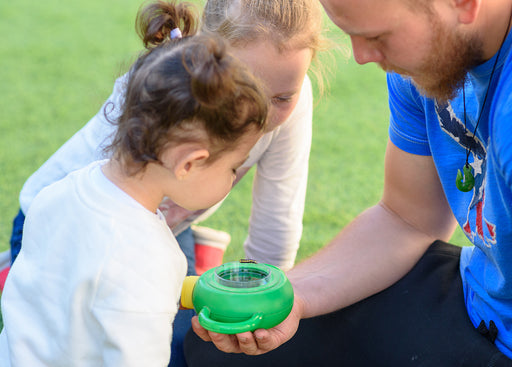
Moths are fascinating creatures that come in many shapes and sizes. Some moths are colorful and large, similar in appearance to butterflies. Others are small and subtle, with muted color tones to help them blend into their environments. When it comes to things like dietary preferences, habitats, and life cycles, these insects differ significantly depending on their species and sub-type.
So exactly how long do moths live? For that matter, where do they live, and do different moths live in different environments? That is exactly what we are going to explore below. Here, we will explain how long moths live, the lifespans of different species, and what factors impact the life cycles of these insects. That way, you won’t have to wonder!
On average, moths can live anywhere from one to six months. It will all depend on the species of moth in question. For instance, the Common Brown House Moth can live anywhere from one to four months. However, silkworm moths only live a couple of weeks. So, it all hinges on the exact type of moth. From there, certain environmental factors must be considered.
What to Consider When Determining How Long a Moth will Live
The lifespan of a moth will depend on many factors ranging from each insect's genetic makeup to the species category it belongs to. Here are a few things to think about when you are trying to figure out how long a moth will live.
Species
Certain species of moths live longer than others. Some moths are born without mouths. These moths live solely on energy stored within their bodies from the process of pupating and the larval phase. Moths like these only transform into adults so that they can mate, lay eggs, and die. Therefore, a majority of their lifespan takes place in the larval stage. This is true in the case of Clothes Moths, for which adulthood is a very short time.
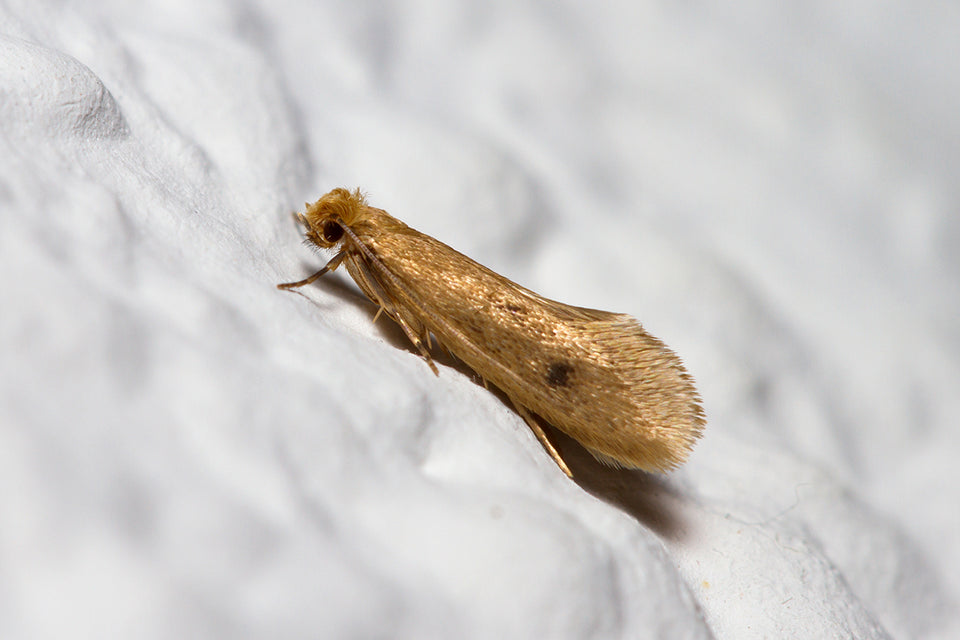
However, there are also certain types of moths that can live for months or even years! Moths in the family Gynaephora Groenlandica, for instance, have life cycles that can range anywhere from 2 to 7 years. With these moths, climate conditions must be considered. This brings us to our next point, on climate conditions.
Climate Conditions
A region's climate can dramatically impact the life cycle of a moth. For garden moths, if summer is warm and humid, there are likely to be more food sources available. This can extend their lives as well. However, if winter comes abruptly, these moths will die more rapidly. Rain, sudden frosts, windy conditions, and snow, can also impact the life of a moth. Especially if the weather happens to affect food sources that a moth depends on such as flowers, fruit, or regional plants.
Some moths, like the common Clothes Moth, are affected differently depending on an indoor or outdoor location. If the Clothes Moth has found a warm, dark place (like your wardrobe) where there are lots of natural animal based fibers to eat (like your favorite wool sweaters) these moth larvae can thrive. In centrally heated homes they can remain in the larval stage for as little as 2 months, then with ideal temperatures and food source they can spin a cocoon and pupate within 8-10 days. Then the Clothes Moth Life Cycle begins again.
Availability of Food Sources
The availability of food sources can also impact how long moths will live. The female Pantry Moth will lay her eggs in an area where her larvae can feed on exposed dry goods like grain, cereal, flour, and even spices in a drawer. The more abundant the food source, the quicker the larvae are going to develop and start spinning their cocoons. However, if food sources become sparse this whole process will slow down.
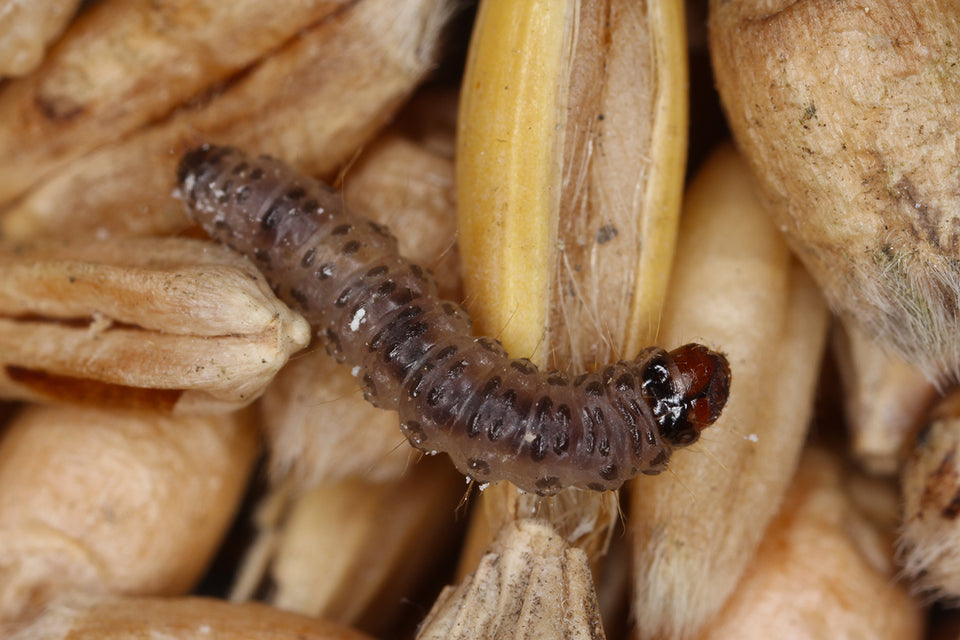
Garden moths live outdoors and rely on flower nectar as a primary food source. So, if a garden moth has plenty of flowers to feed on, it will live a fairly long time in the adult stage. Alternatively, if a garden moth emerges from its cocoon only to find that some natural disaster has disrupted its supply chain of fresh flowers, it will not live as long.
Individual Genetics and Environmental Factors
Finally, there are things like environmental factors in individual genetics to consider. In the same way that one dog may live to be 18 and another dog only lives to be 8, one moth can live longer than the next. Also, if there are plenty of predators around, moths will usually not live as long.
After all, moths play an important part in their respective ecosystems. This is especially true for moths that migrate in large numbers. Many animals feed on moths as a primary food source. Various mammals, reptiles, fish, birds, and amphibians gorge themselves on moths in the spring and summer during migrational periods. Obviously, if a moth gets eaten, its lifespan is going to be a lot shorter than usual.
All About Moth Life Cycle Stage Lengths
Okay, so now that you know about the many different things that can impact how long moths live, let’s get into some lifecycle specifics. In order to truly comprehend how long moths can stay alive, you must have a general understanding of a moth’s life cycle.
Moth life cycles start in the egg stage and then develop into the larval stage (also known as a caterpillar). Most species of moths remain the longest in the larval stage, with some exceptions. From there, the larvae will move into the pupae stage when it spins a cocoon. Finally, a moth will emerge from their cocoon as an adult, and the whole cycle repeats!
So now, let’s take an in-depth look at the lifecycle of a moth. Once again, we have to clarify, the length of each stage in a moth’s life cycle will depend on factors like climate, environmental hazards, and species. However, for the purpose of answering this question and giving you an overview of a moth’s life cycle, here’s how things go in general.

Egg
It all starts in the egg stage. Depending on the species of moth, a female can carry anywhere from 20 to 100 eggs at a time. She will lay eggs over the course of two weeks. Throughout this time period, the female may continuously mate, laying many groups of eggs in different locations where food sources are easily accessible.
Clothes Moths and Pantry Moths are notorious for laying lots of eggs in locations that they see as suitable for larvae to thrive. Other types of moths, like the enchanting Luna Moth, will die immediately after laying eggs. Moth eggs are left unprotected until the conditions are right for them to hatch. When they hatch, moth caterpillars, or, larvae, will emerge and begin looking for nutrients to eat.
The eggs of the Clothes Moth usually take a week or two to hatch. With that being said, sometimes egg hatching can be delayed by environmental factors. Generally, moth eggs will hatch within about 10 days.
Larva
Moth larvae emerge from eggs between 7 and 14 days after the female lays them. They will then consume the leftovers of their eggs. The shell contains many important nutrients that they need to grow.
Moth larvae are capable of transforming many times from the moment they hatch to the moment they pupate. As they grow and transform, they usually change color and appearance. They will also often shed their skins, or, casings while growing. With Clothes Moths and Pantry Moths, you may find these shed casings in your home.
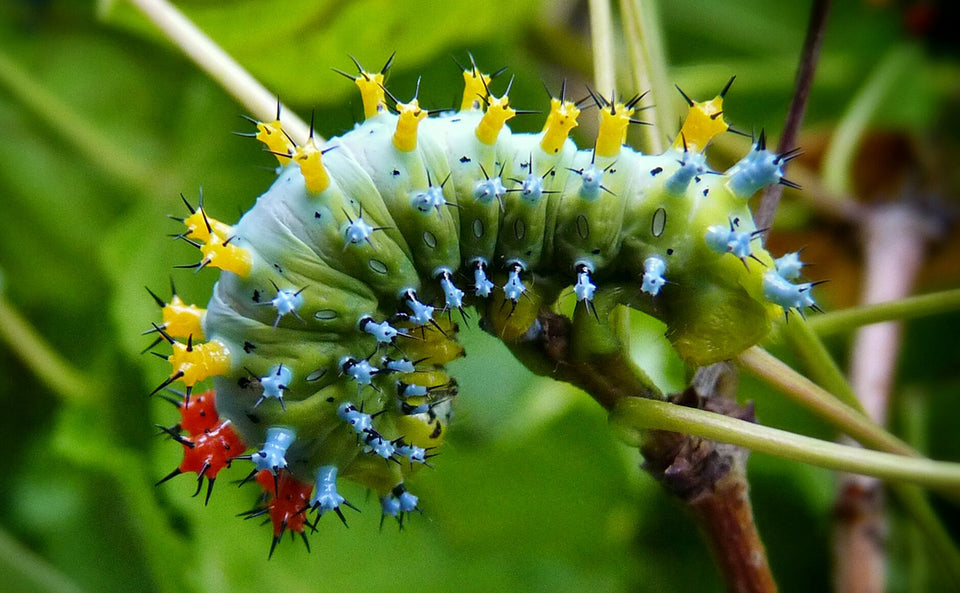
After each transformation, the moths continue to grow and eat until they can pupate. Depending on the species of moth, many transformation stages are possible. Some moth caterpillars live outdoors and feed on plants. For farmers, this can cause issues, such as in the case of the Army Cutworm (Miller) moth. These moth caterpillars eat alfalfa, canola, and small grains for about two months in the summer. Then, they pupate before hatching and migrating.
Other moth larvae eat the things they find in people’s homes. Clothes Moth Larvae, for instance, can live for many months in a home eating the animal based fibers nearby. At this time, these larvae will eat their way through things like feathers, fur, hide, leather, wool and silk, as they grow. In the larval stage Clothes Moths can live 2 to 30 months and Pantry Moths can live from 1 to 6 months! This means plenty of destruction if you have an infestation. Therefore you need to get Clothes Moth Traps and place them in your house to trap the unwanted pests.
Pupa and Cocoon
When the time is right, a moth larva will be ready to pupate or spin a cocoon. At this stage, the larva will start searching for a safe and secluded place to build its cocoon. When a suitable location is found, the larvae will perform one final skin shedding and then build their cocoon. Here, the larvae will undergo metamorphosis into the final adult stage. This process of transformation can take anywhere from one week to more than a month. Generally, moths will stay in a cocoon for 8 to 28 days.
Adult
After transforming into adults, moths leave their cocoons and begin the adult stages of their lives. This stage may last only a few days or many months. It all depends on the type of moth. Moth species in the Sphingidae family, like Hawk Moths, live for about 30 days in the adult stage.
Moth species in the Tineola Bisselliella family, like the common Clothes Moth, live for 30 to 45 days on average in the adult stage. Regardless of species, in the adult phase, the goal of all moths is to mate and lay eggs. From there, the life cycle begins all over again.
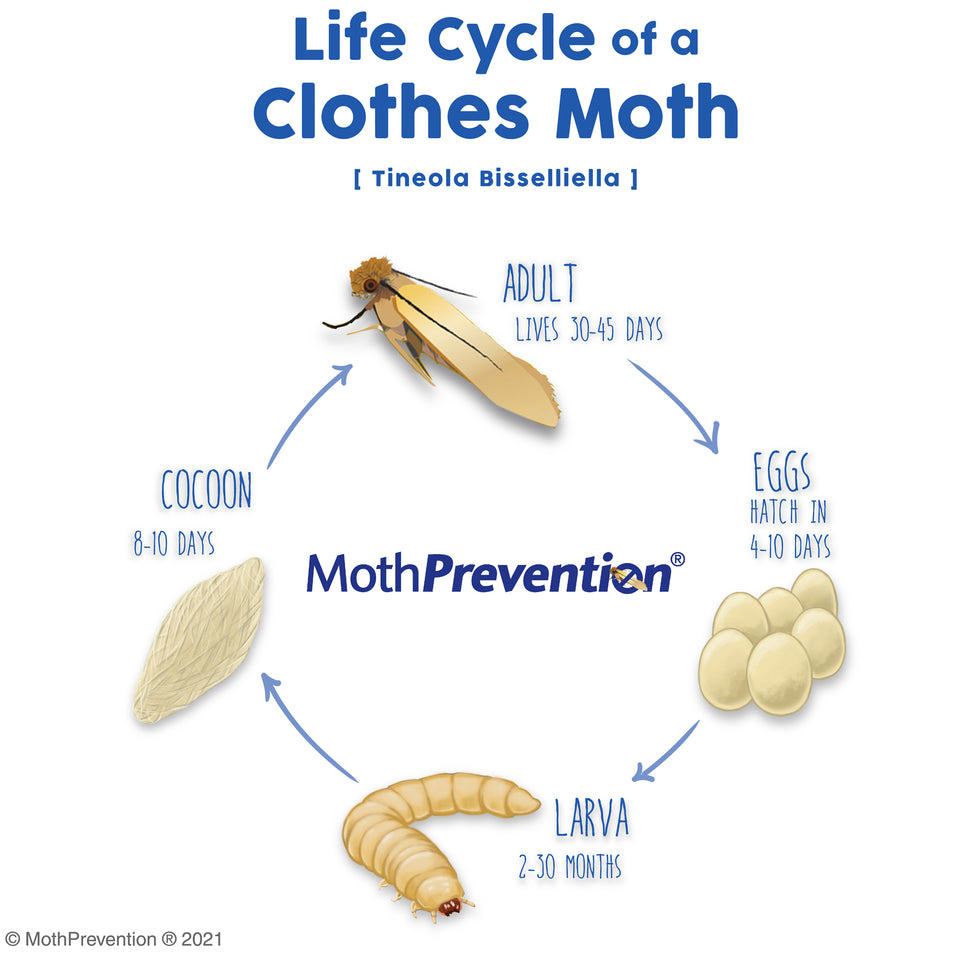
FAQs on Moths and How Long they Live
Now that we've gone over the life cycle of moths in general and explained how long they live depending on the circumstances, we will answer some frequently asked questions on the topic.
How long does a house moth live?
If you are wondering how long moths live in a house, the answer depends on whether you are referring to the adult moths you see fluttering around or the lifecycle of a moth from beginning to end, egg to adult. In the adult stage, the Common Brown House moth can live anywhere between 1-4 months depending on environmental and climatic conditions. From the day a house moth hatches from an egg to the day it dies as an adult, the timespan can range from 2-4 months.
Clothes Moths and Pantry Moths are mainly found in houses. These pestilent moths can live from two to six months depending on the length of each life cycle stage. Pantry Moths and Clothes Moths tend to spend the largest portions of their lives in the destructive larval stage. At this time, they eat their way through things in the home such as natural fiber clothing, exposed dry goods, cereals, and more. In the adult stage, they live 30 - 45 days.
What moth has the longest lifespan?
The longest-living species of moth is the Gynaephora Groenlandica, or Arctic Wooly Bear Moth. This unique moth lives on Ellesmere Island in the Canadian arctic. Sometimes, the Wooly Bear Moth can have a lifespan that lasts up to 7 years.
How long do house moths live outdoors?
Although some types of moths are referred to as house moths, they live easily outdoors. Their cycles outside are the exact same as their life cycles inside of a home. The only difference is that in their natural outdoor habitat, these moths tend to feed on decaying animal carcasses instead of wool sweaters.
How long do moths live without food?
This will depend on the species of moth. In adulthood, some species only live to mate and die. As such, they do not even have mouths to eat with. These kinds of moths usually live an average of 10 days as adults.
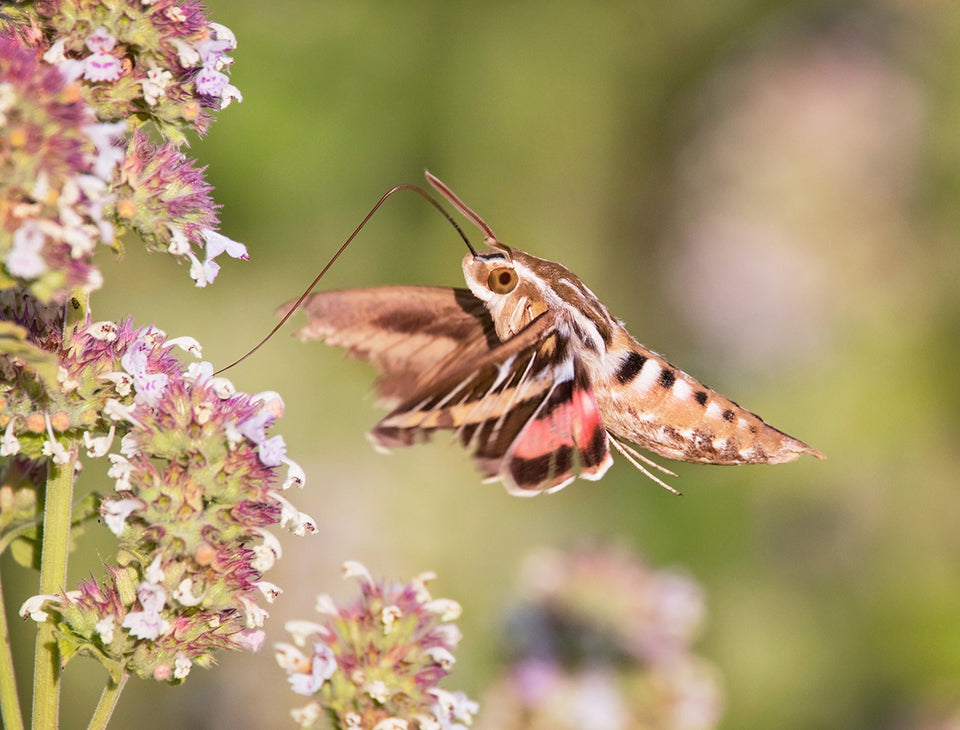
Other moths consume sugary liquids in the adult phase. These moths will have a proboscis, which is a straw-like tongue used to drink nectar from flowers or the juices of rotten fruit. Without sustenance, these kinds of moths usually only live a day or two.
How long do moths live inside closets?
It will depend on the type of moth. Clothes Moths, for instance, thrive in closets where their larvae can eat clothing made from animal based fibers. These moths can also thrive in attics, garages, or even inside the fibers of furniture.
In the larval stage, Clothes Moths can survive in closets for many months. Here, the hungry, caterpillar-like Clothes Moth Larvae feed on wool, silk, feathers, fur, or any other type of animal based fibers. Then, they spin cocoons before hatching into adults and beginning the Moth Life Cycle once more.
Other moths can not survive for long in closet spaces. Miller moths, for example, often fly into homes looking for dry places to hide. These moths generally perish when they become trapped in houses. They will flutter about trying to get back outdoors and can only live for a day or two before they die.
About MothPrevention
MothPrevention® speak to customers every day about their clothes moth issues - clothes moths are a species that are ever increasing and that can cause significant damage to clothes, carpets and other home textiles.
To date, we’ve helped over 250,000 customers deal with their moth problems. We have developed professional grade solutions including proprietary pheromones and trap design, not available from anybody else in the USA.





